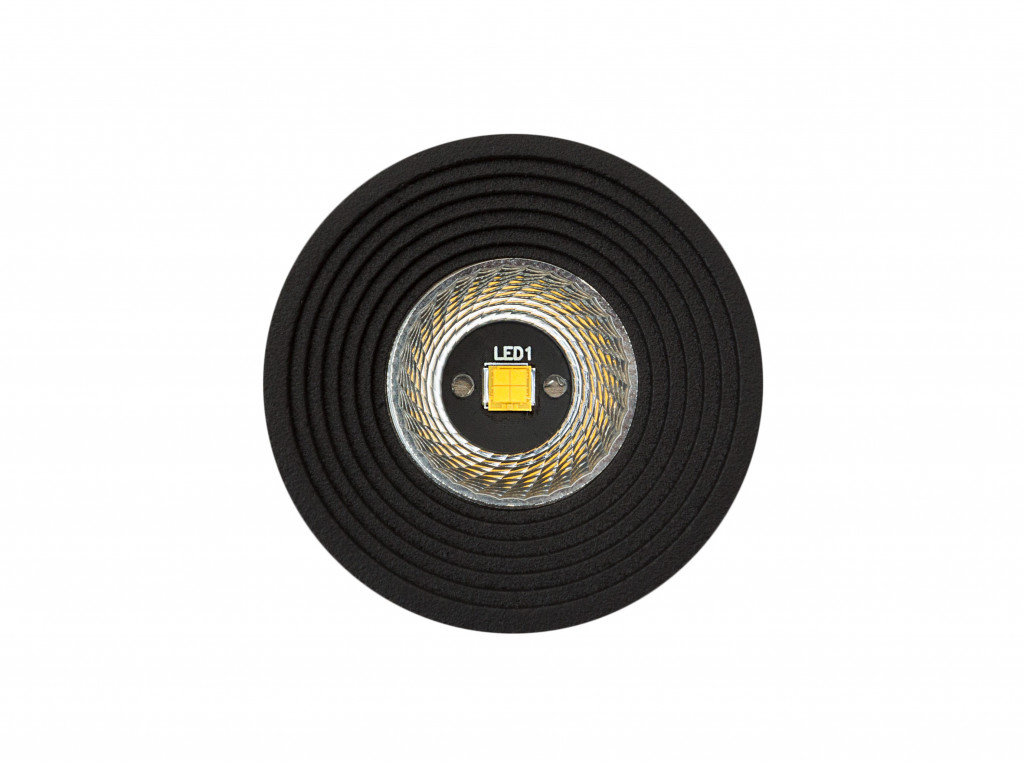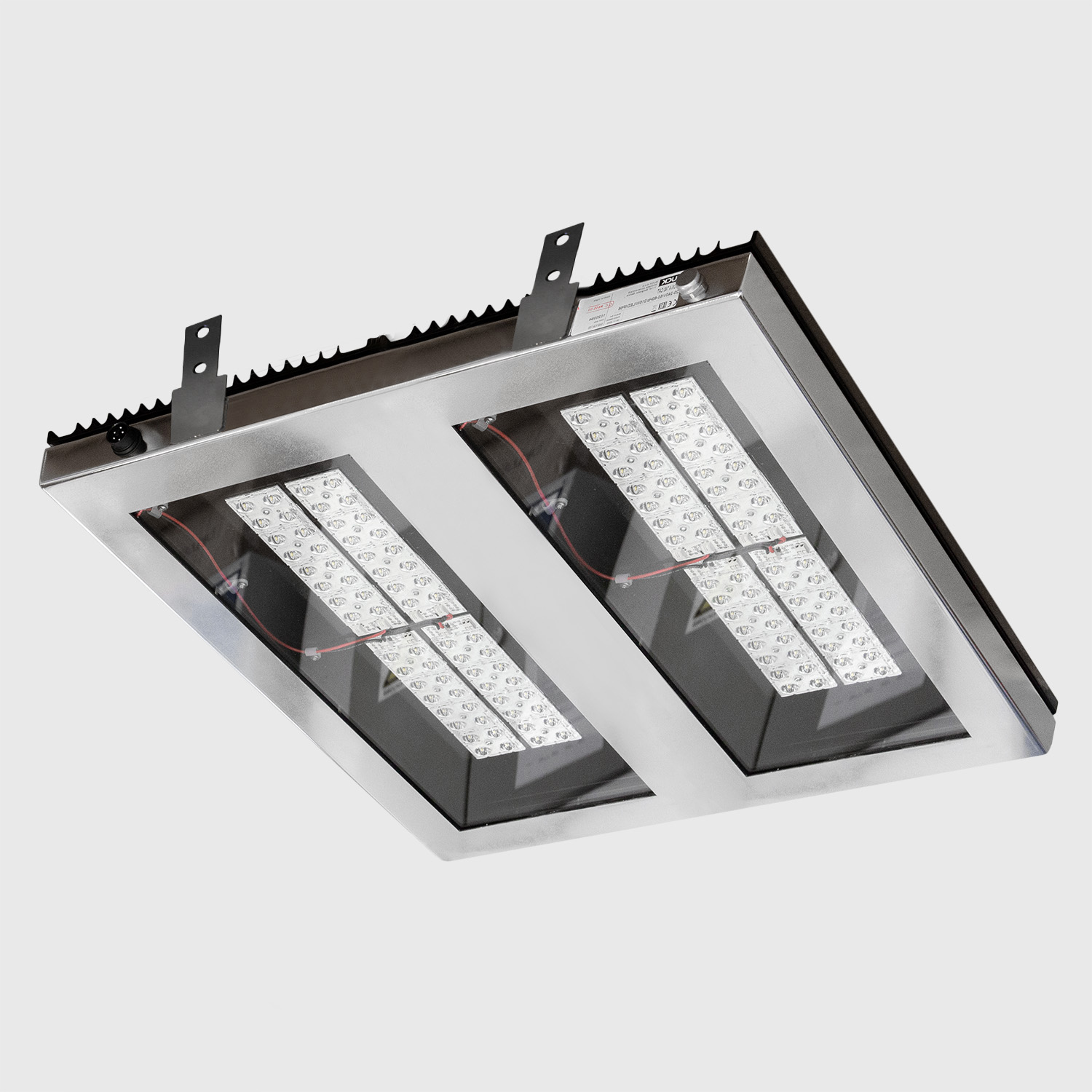A Light-Emitting Diode (LED) is a semiconductor light source that emits light when current flows through it. The light it emits can be in the visible spectrum, as well as infrared and ultraviolet. Even though LED has a wide application today, the path of creating the first LED, as we know it today,
was long and complex.
Incandescent light lit much of the 20th century. The most significant disadvantage of this type of lighting is that they waste a lot of energy, lost in heat, and have a short service life. Fluorescent lights started being used in the 1930s. Although much more efficient than incandescent, they are not an ideal replacement because of the toxic mercury they contain, and they are prone to flicker. A better solution was needed.

In 1961 Gary Pittman and James Biard accidentally invented the first practical light-emitting diode while making a laser diode. First LED emitted infrared light, invisible to the human eye, which later became useful in remote controls. Thanks to the research, green and red colours were included in the spectrum in the next few decades, but scientists couldn’t get to the blue LED needed to make white light.
The largest companies that produced electronics were trying their best to create blue LED. The key ingredient was a chemical compound called gallium nitride that proved challenging to make in the laboratory. After nearly thirty years of unsuccessful attempts, scientists have turned to other semiconductor materials that were more promising.

A smaller Japanese company called NICHIA and Japanese physicist Shuji Nakamura entered into the race to find the blue LED. Nakamura first tried to create a blue LED on his own, but with a minimal budget, he was forced to develop red and infrared LEDs, practically out of nothing, using parts he scavenged and fixed by hand. This did not lead him to the desired result but gave him a lot of experience and knowledge about creating LEDs. Nakamura was determined in his idea to use the compound gallium nitride in the creation of the blue LED, which was then, in scientific circles, already characterized as an impossible solution. This scientist was not discouraged by the small budget and compound that was almost impossible to produce because he had a powerful personal motive for inventing the blue LED – his PhD thesis. For Nakamura PhD thesis was necessary to continue his university career in the USA. He opted for this problematic technology due to the small number of papers published until then, which would make it easier for him to get the necessary degree.
Most companies in the 80s were creating LEDs using commercially available expensive equipment, which proved ineffective in making blue LEDs and caused frequent explosions in the laboratory. Nonetheless, Nakamura managed to convince the leaders of NICHIA, the company he worked for, to buy the equipment necessary to produce the compound that would lead to the creation of the blue LED. Instead of starting from scratch for the first time, he modified the purchased equipment. After only a year, he managed to produce gallium nitride in laboratory conditions. His method has reduced the cost of producing an LED chip that gives a bluish light. The white LED contains this LED chip, which gives a bluish light, covered with a layer of phosphor that converts the bluish into white light.
Small, energy-efficient, and highly bright LEDs started the light revolution and are now used in almost every electrical device such as telephones, televisions, computers etc. In 2014, Shuji Nakamura won the Nobel Prize in Physics for his inventions together with Isama Jakasaki and Hiroshi Amano.











